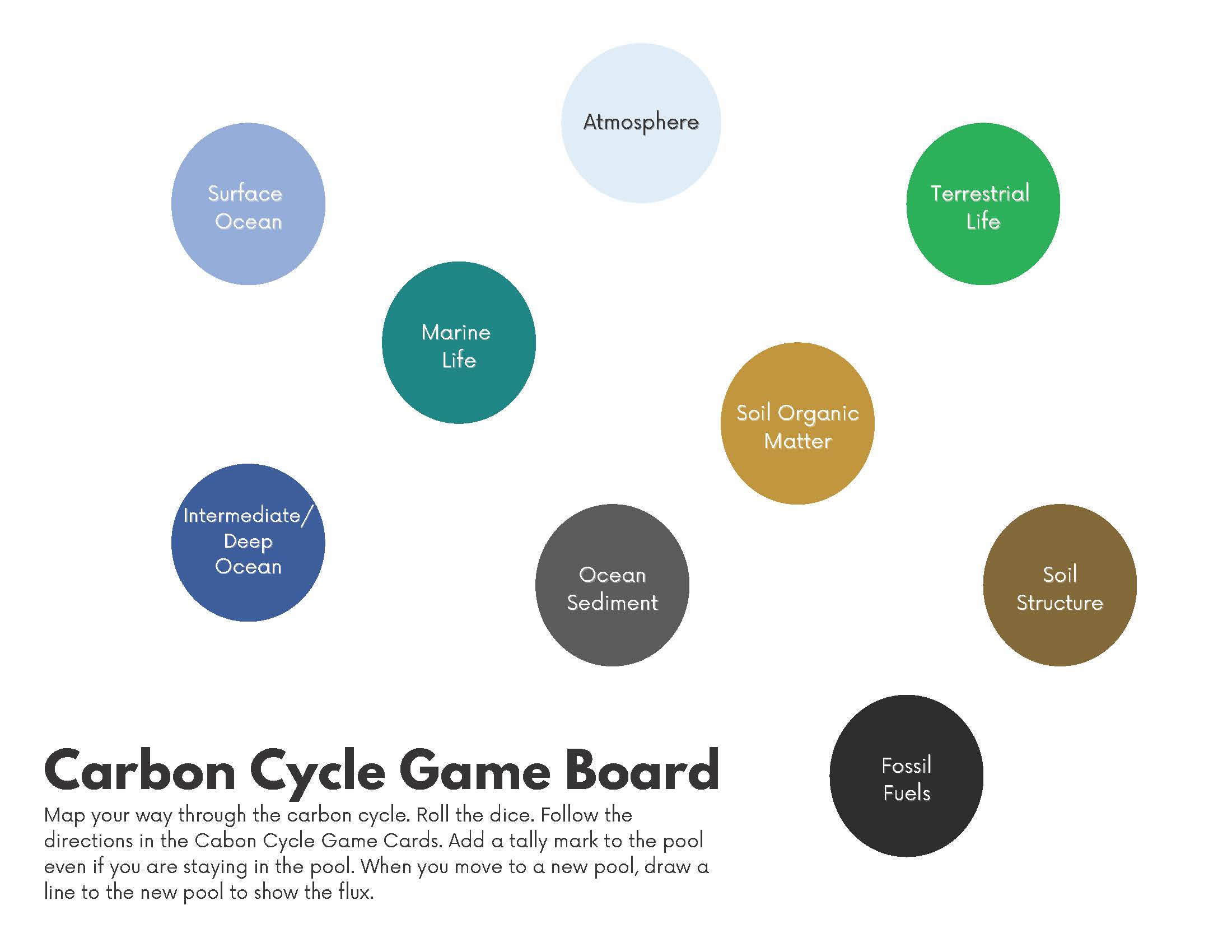News - United States of America
Soil Health Buckets: Meet GLOBE
Contributed by Anne Lewis, South Dakota Discovery Center, South Dakota GLOBE Partnership
Soil literally and figuratively underpins human wellbeing. Whether it’s growing food and the plants that produce oxygen, storing water or cycling nutrients, soil is a provider of important ecosystem services. We depend on soil just as much as we depend on air and water. We have a vested interest in ensuring that soil is well managed and healthy. The USDA Natural Resource Conservation Service (NRCS) defines healthy soils as “the continued capacity … to function as a vital living ecosystem that sustains plants, animals and humans.”
The Soil Health Educators Guide is a series of lessons developed by the NRCS to support educators in teaching soil health. The lessons have been disseminated throughout the soil education community since 2014, so now there are multiple versions of the guide floating around the internet, revised with pedagogical and content updates. The Soil Quality Test Bucket is an equipment and supplies list for labs and field studies featured in the guide; the term Soil Health Bucket is often used as a catchall to mean both the lessons and materials.
In 2021, I received funding from the South Dakota NRCS office to align the Soil Health Buckets to our South Dakota state standards which are “near Next Generation Science Standards.” I quickly realized there was overlap between the Soil Health Bucket activities and GLOBE pedosphere protocols. When the alignment was published online, relevant GLOBE protocols were included.
With 19 different labs and activities, the Soil Health Bucket lessons could easily anchor a one- to two-month unit. This depth of content is an asset to some teachers but also a barrier as many teachers do not have sufficient room in their curriculum for that deep dive into soil even if it is meeting multiple standards. Even digging through the lessons to find what is usable often exceeds the bandwidth of many teachers. Since many teachers are looking for one- to two-period lessons that are turnkey, our grant is producing callout lessons that help teachers meet standards and elevate the topic of soil health.
The first callout lesson produced is based on the Soil Biology Respiration activity in the Soil Health Buckets. This activity uses a simple color change kit to measure carbon dioxide in soil. The color change serves as the phenomena to drive the investigation into where the CO2 in soil comes from. Learning activities from the GLOBE Carbon Cycle that map carbon moving through air, water, soil, plants and animals have been modified to include a more robust integration of soil into the cycle. In this version, the soil carbon pool is not only due to the detritus from plants and animals but also the respiration of below-the-surface organisms where the CO2 is sequestered in the soil structure.
Access the Soil Biology Respiration callout lesson or visit the South Dakota Discovery Center curriculum and lesson plans website for this and other lessons.

Carbon Cycle game board from South Dakota Discovery Center's Soil Biology Respiration callout lesson
News origin: United States of America




